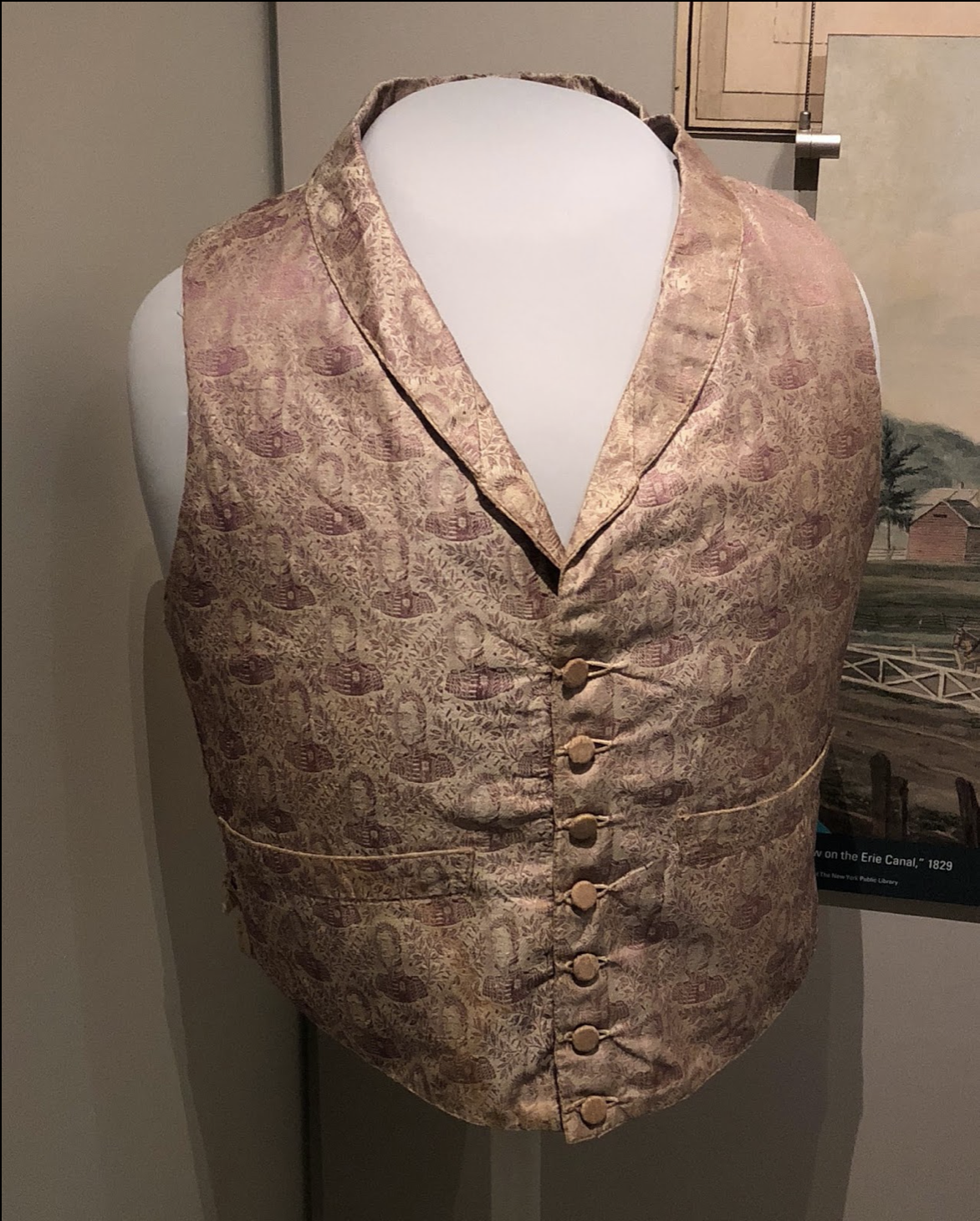While there were many volunteers from European countries who came to join the Continental Army during the American Revolution, one young nobleman stood out among the others. An aristocratic idealist with a military background, Marie-Joseph Paul Yves Roch Gilbert du Motier, Marquis de Lafayette (1757-1834) was only nineteen when he met General Washington in August 1777. Already commissioned by the American Congress as a major general, Lafayette was not at first given troops to command, but instead became a member of Washington's staff.
At the Battle of Brandywine, Lafayette saw his first experience in the field; he was shot in the leg, yet still was cited by Washington for his "bravery and military ardor." He went on to play a key role in the war, not only as an officer and close friend to Washington, but also as a diplomat who helped secure the French ships and soldiers that ultimately tipped the scales for an American victory. He was celebrated as one of the most popular heroes of the Revolution, and remains so to this day. (How many of you began singing Guns and Ships in your head at the mere mention of his name?)
Lafayette would also have been known to every one of the characters in my more recent historical novels. In the new country, he became a truly heroic figure, recognized and celebrated in almost the same way as Washington himself. For Eliza and Alexander Hamilton in I, Eliza Hamilton, he was also a dear friend, so trusted that when the marquis was imprisoned during the French Revolution, he sent his son to America for safety and entrusted his welfare to the Hamiltons.
This silk vest was included in a 2018 exhibition at the Smithsonian's National Museum of American History in Washington, DC. Through a well-chosen selection of paintings, maps, and artifacts, The American Revolution: A World War explained how the Revolution was only part of a global shift in the balance of power, war, and conquest that marked the 18thc world. As a Frenchman fighting the British with the American forces and Spanish allies, Lafayette was prominently featured.
But it's not only his wartime exploits that were highlighted. Lafayette's triumphant return to America in 1824 is also included. To quote from the exhibition:
“In 1824, the Marquis de Lafayette returned to the United States at the invitation of President James Monroe. Over fourteen months, he visited all twenty-four states....[President Monroe's invitation came as America] approached the 50th anniversary of its independence. He hoped the general's iconic presence would help rekindle the nation's "revolutionary spirit" and commitment to unity, which seemed to be slipping away. The trip was a smashing success, but it did not moderate the divisive 1824 presidential contest between John Quincy Adams and Andrew Jackson.”
Americans celebrated Lafayette's visit with all kinds of souvenirs. Much like modern Americans wear t-shirts printed with the names and faces of their heroes, Lafayette's portrait was emblazoned on ribbons, dresses, and gloves, as well as the vest shown here:
“Hosting the Marquis de Lafayette at a New York banquet, Revolutionary War veteran Matthew Clarkson wore this vest covered with the general's image. During his sojourn, Lafayette attended hundreds of banquets, balls, and celebrations.”
Though the Marquis was far too well-bred to record his thoughts about his host, I wonder what it must have been like to sit through a banquet across from a man wearing your face and name all over his chest....
Above left and detail right: Vest worn at banquet for Marquis de Lafayette, 1824-1836, National Museum of American History. Photos ©2018 Susan Holloway Scott.
Lower right: Le marquis de La Fayette en capitaine du régiment de Noailles by Louis Léopold Boilly, 1788, Musée national du château de Versailles. Image ©RMN-Grand Palais/Art Resource NY.
My latest historical novel, The Secret Wife of Aaron Burr, is now available everywhere. Order here.



